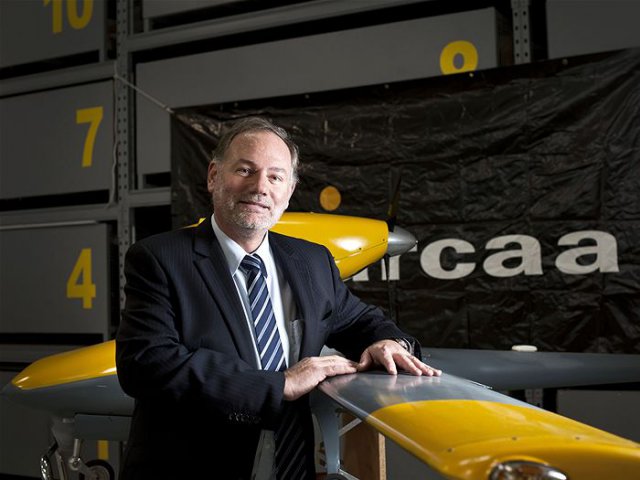 With much of Australia looking like reverting to a dry bushfire-prone weather pattern avionics engineers at Queensland University of Technology (QUT) are pulling out all stops to develop the technology to enable remotely piloted aircraft (RPA) to become airborne.
With much of Australia looking like reverting to a dry bushfire-prone weather pattern avionics engineers at Queensland University of Technology (QUT) are pulling out all stops to develop the technology to enable remotely piloted aircraft (RPA) to become airborne.
Professor Duncan Campbell who heads the Australian Research Centre for Aerospace Automation (ARCAA) said while much was being done, the technology and the regulations to enable the small robotic planes to fly routinely in civil skies was still a few years away.
He said the ability to scout bushfire-prone country and relay back images to fire management authorities was just one of the valuable uses to which RPA could be put.
“RPA will provide life-saving information, not just in relation to bushfires but could be used for search and rescue missions either over land or sea,” he said. “They will help Australians better live and cope with the vagaries of our climate. “They will be able to provide information about the impact of heavy rainfall and about the extent of rivers in flood. “They will provide the real-time vision that disaster managers need in order to make the best decisions possible for people affected by natural disaster and will be able to help managers avert disasters such as we saw in the Lockyer Valley and elsewhere last year.”
Professor Campbell said RPA would be used to fly over forests to scope weed infestations and also used to find damaged power lines in rural Australia. “They’ve been trialled in whale migration data collection and found to be extremely useful,” he said.
He said RPA wouldn’t be routinely flying in civil airspace in Australia for some time yet. “That will be once we’ve developed the technology to enable them to detect and avoid other aircraft and also to land safely in emergencies. “We are not there yet, but we’re working on it.”
He said the ultimate uses to which the technology could be put would be up to governments and regulators but at this point it was envisaged that the technology to fly RPA safely would be available by the end of 2014.
Photo: Erika Fish
Source: Phys Org
